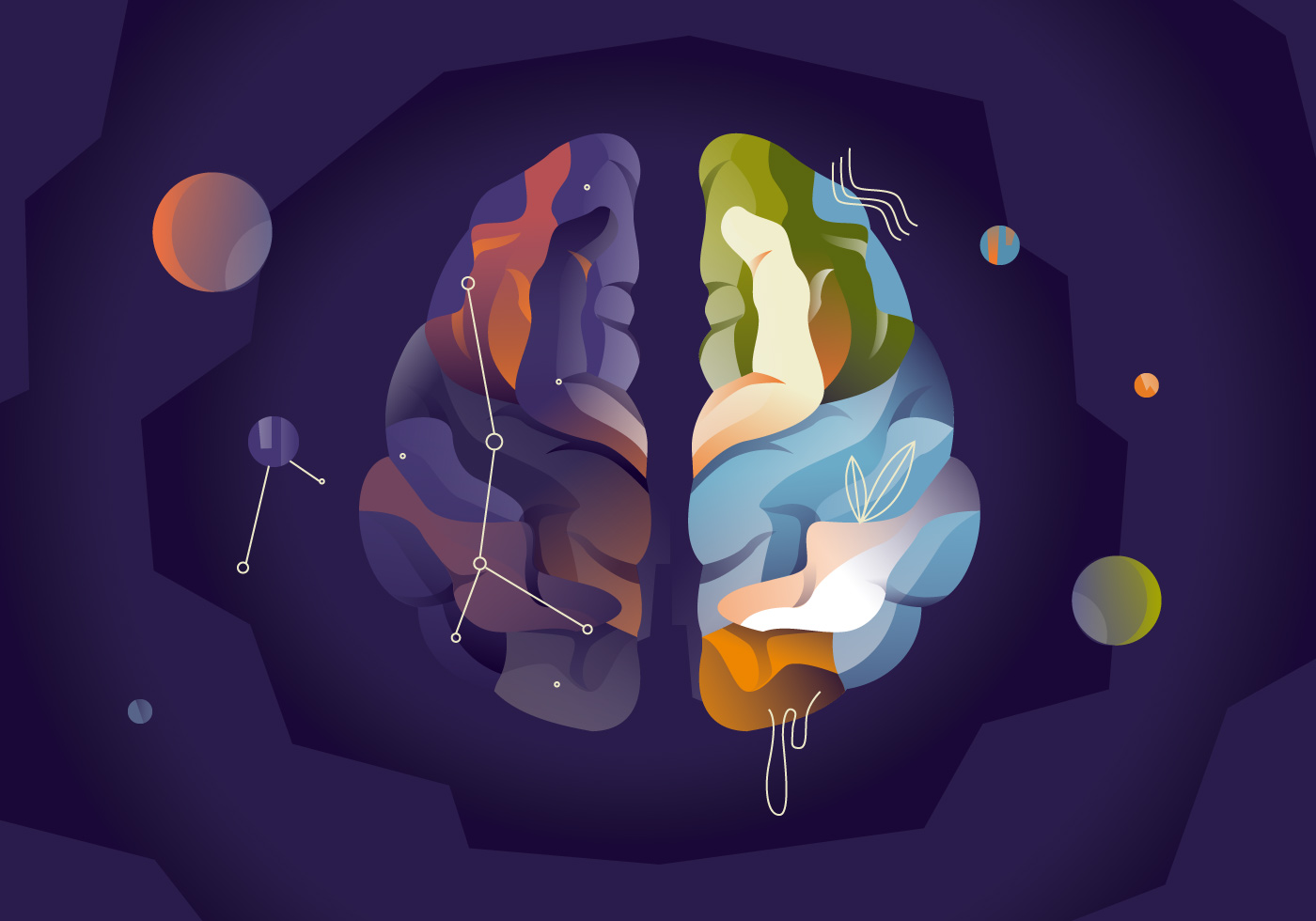
What is Transcranial Magnetic Stimulation?
TMS works by delivering magnetic pulses to specific areas of the brain, which can either excite or inhibit neural activity depending on the parameters of the stimulation.
The discovery of TMS can be traced back to the 19th century, when scientists first observed that passing an electrical current through a wire near the head could cause a sensation of light. However, it was not until the 1980s that the first TMS device was developed, which used a coil of wire to deliver magnetic pulses to the brain. Since then, TMS has become an increasingly popular tool in neuroscience research, and has also been approved for use in clinical applications.
What is TMS used for?
TMS is primarily used as a therapeutic treatment for various mental health conditions, particularly major depressive disorder. It has also been explored as a potential treatment for other conditions such as anxiety disorders, post-traumatic stress disorder (PTSD), obsessive-compulsive disorder (OCD), and chronic pain.
Depression


Obsessive Compulsive Disorder (OCD)
Trauma Disorders


MIgraines
Addictions

Is TMS Safe?
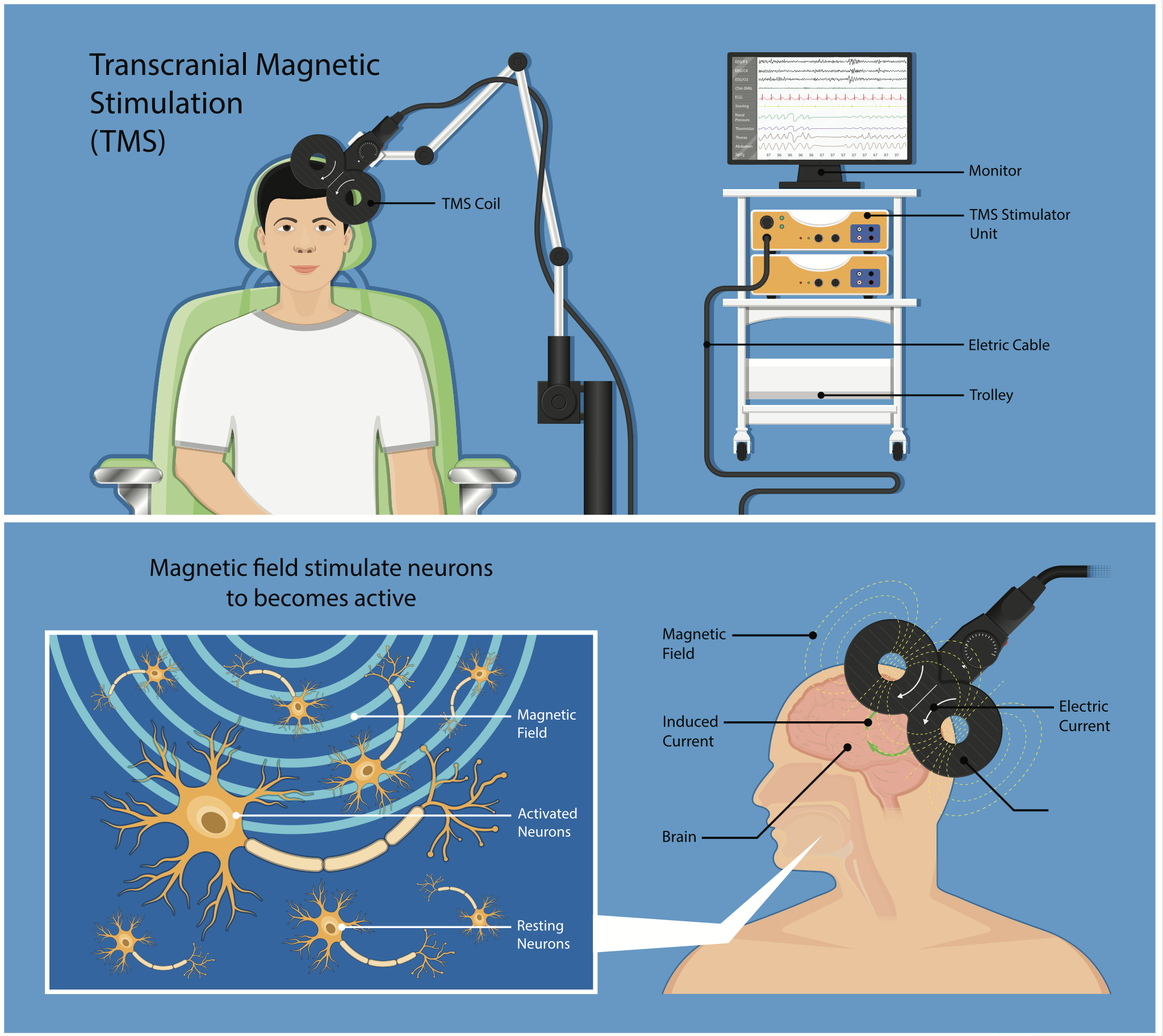
TMS is a safe, non-invasive and non-systemic treatment, meaning it does not involve surgery or medication ingestion that can have widespread effects on the body. The most common side effects of TMS are generally mild and temporary, including scalp discomfort or mild headache during or after the session. These side effects typically diminish as the treatment progresses. In rare cases, some individuals may experience lightheadedness, tingling sensations, or muscle twitches during the treatment. If that happens, just let us know and we'll adjust the protocol as needed.
What can I expect from a TMS session?
When we first begin treatment, we recommend meeting with one of our therapists for an initial therapeutic intake session, which will assess your overall mental health. This is usually covered by insurance and is used to get the full picture of your symptoms, your treatment goals, and overall wellbeing.
After the intake, based on the information we get during the intake, we submit the treatment plan to your insurance for approval. Approval usually takes between 7-10 business days.
Everyone's brain is different, therefore coil placement and EMF pulse strength is different for every person. So, after insurance approval, you will come in for a Motor Threshold Determination appointment. During this appointment we will determine the exact placement of the TMS coil and the exact strength of the pulse that is necessary for the TMS to be effective. Many clinicians call this process "mapping".
Immediately following the mapping, we will administer your first treatment, which may take between 3 and 20 minutes depending on your treatment protocol. You just sit back and relax while the machine does the work.
You'll be seated comfortably in a chair, and the TMS technician will position the TMS coil on your scalp, typically targeting the specific brain region being treated. The technician will ensure the coil is correctly positioned and adjusted for optimal stimulation. When the TMS device is activated, you'll hear clicking sounds and feel a tapping or sensation on your scalp underneath the coil. These sensations are associated with the magnetic pulses being delivered to the targeted brain region.
During the session, we encourage you to communicate with your TMS technician. If you experience any discomfort or have concerns, let us know, and we can make adjustments as needed to ensure your comfort and safety. TMS sessions are generally well-tolerated, and you can use the time to relax, read, listen to music, or engage in other activities that do not interfere with the treatment
The frequency and total number of TMS sessions can vary depending on the specific treatment protocol and the individual's condition. Typically treatment is between 30-60 sessions. The following appointments are administered every day, five days a week, until completed (between 6 and 12 weeks). Each appointment will be similar to the first appointment, minus the mapping portion.
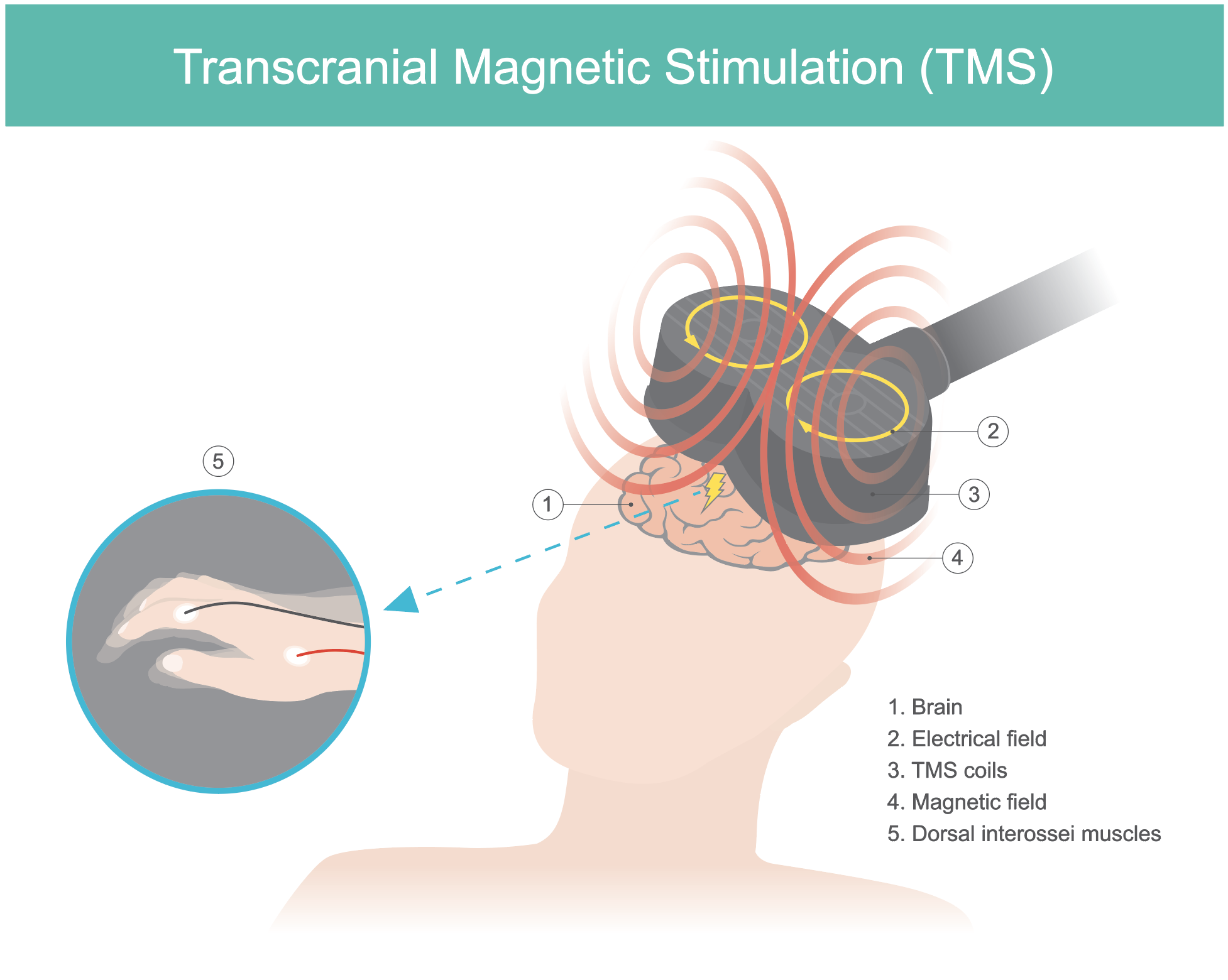
How does TMS work?
TMS works by using a coil of wire to generate a magnetic field that can penetrate the skull and induce electrical currents in the underlying brain tissue. The strength and direction of the magnetic field can be controlled by varying the parameters of the stimulation, such as the intensity, frequency, and duration of the pulses.
The most commonly used type of TMS is called repetitive transcranial magnetic stimulation (rTMS), which delivers a series of pulses at a particular frequency over a period of time. Low-frequency rTMS (usually 1 Hz) is thought to inhibit neural activity in the stimulated area, while high-frequency rTMS (usually 10-20 Hz) is thought to excite neural activity.
Another type of TMS, called theta burst stimulation (TBS), delivers a pattern of pulses at a specific frequency that can also either excite or inhibit neural activity, depending on the parameters of the stimulation.
Is TMS covered by insurance?
Most major insurance companies cover between 30-60 sessions of TMS for treatment resistant depression, especially when other treatments have been unsuccessful. However, coverage policies can differ, and insurance companies may have specific criteria that need to be met for coverage approval.
How much does TMS cost?
A full course of treatment for TMS can cost between $6000 and $12,000. Following approval, your insurance will typically pay up to 100% of this cost. Your out of pocket costs will depend on your individual policy, deductible, copay, and co-insurance. If you do not have insurance, please contact us for possible financial assistance or financing options.
Here at Utah Therapy Works we try and make all treatment as accessible as possible to budgets of every size. Contact us for more information.
What other types of Treatment do you offer?
Every brain is different and there is no one size fits all. We use several different types of neurological training so we can best meet the needs of each individual patient. A combination of therapy, entrainment, stimulation, biofeedback, and TMS.
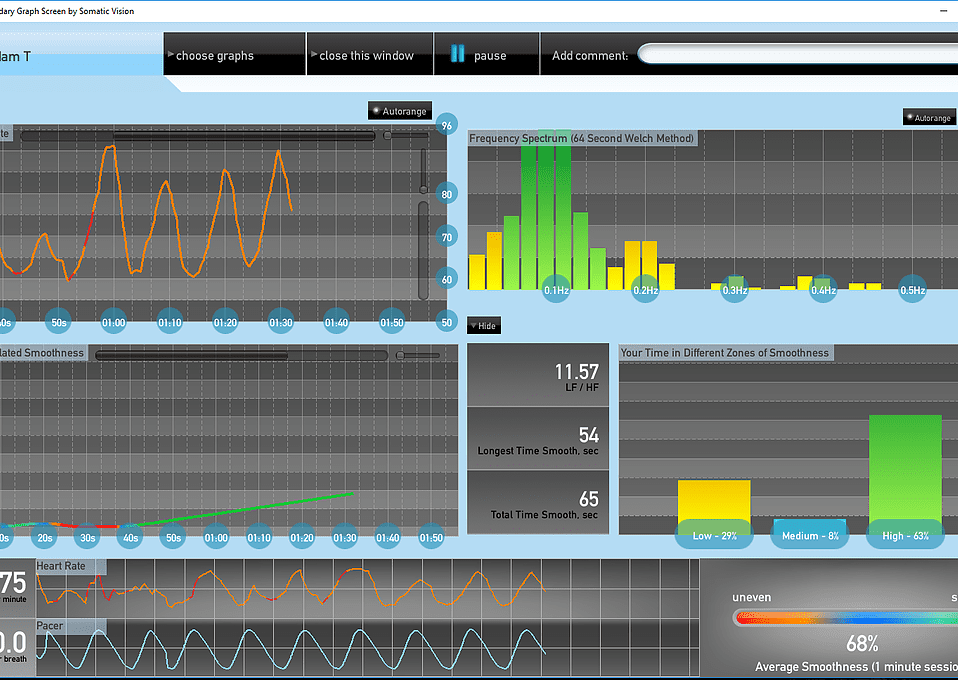

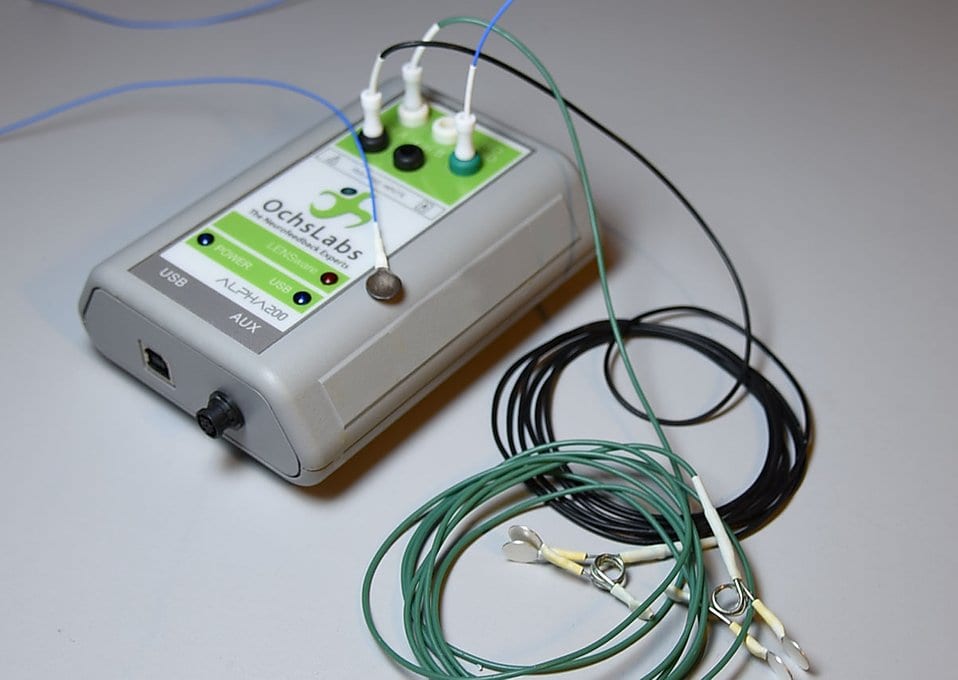
Feedback/Entrainment
The computer uses visual and auditory stimulus to reward the patterns we want to encourage and teach the brain to self-regulate. We also use EMF waves and electrical current to encourage the new frequencies then use traditional feedback to reward them and make them permanent. Treatment can take anywhere between 20 and 40 sessions depending on symptoms and responsiveness to treatment.
We use multiple tools for entrainment, including:
Heart rate Variability
HRV is a form of biofeedback in which the computer paces your breathing and indicates when the variability in your heart increases. This practice decreases anxiety and makes your autonomic nervous system less reactive and more flexible. We almost always include HRV if time permits, particularly if we're treating any kind of mood disorder or attention problems.
LENS
The Low Energy Neurofeedback System uses mild electromagnetic frequencies to disrupt dysfunctional patterns and help the areas of the brain connect in a more optimal way. With this device, we treat the entire brain, one spot at a time. Treatments with the LENS are brief but powerful in treating many disorders.